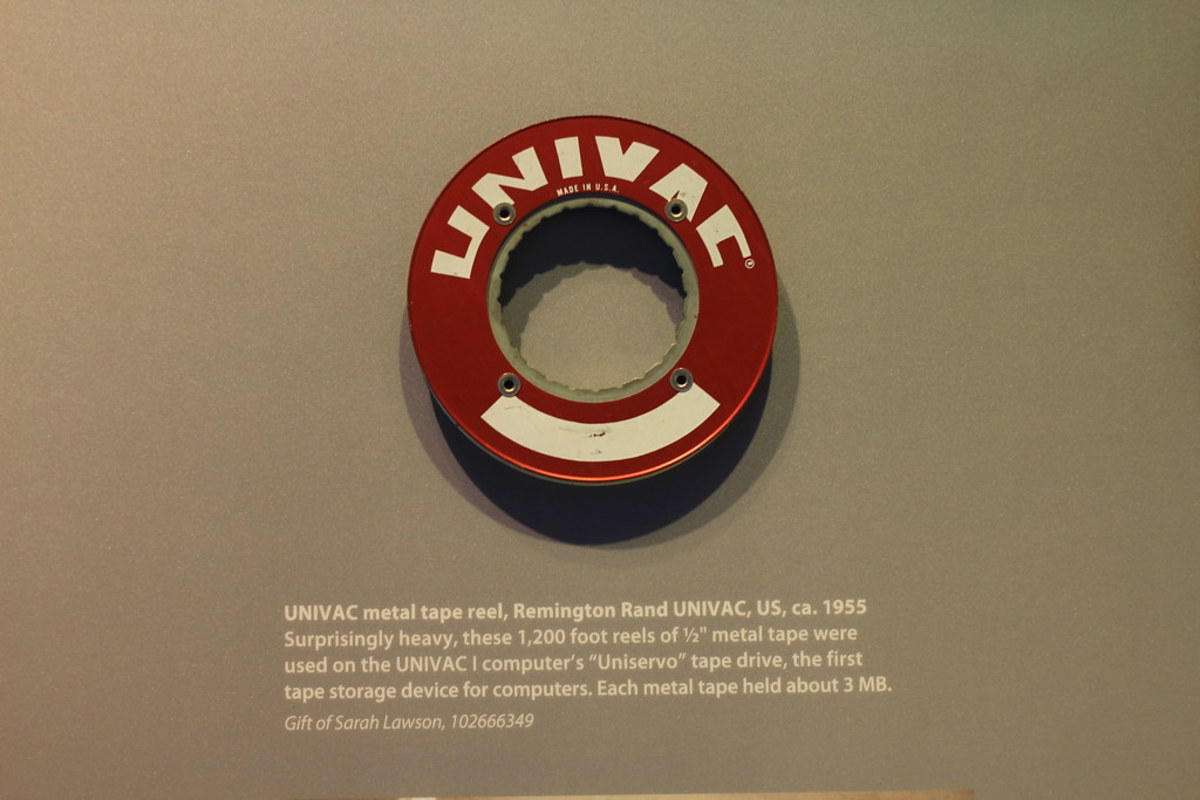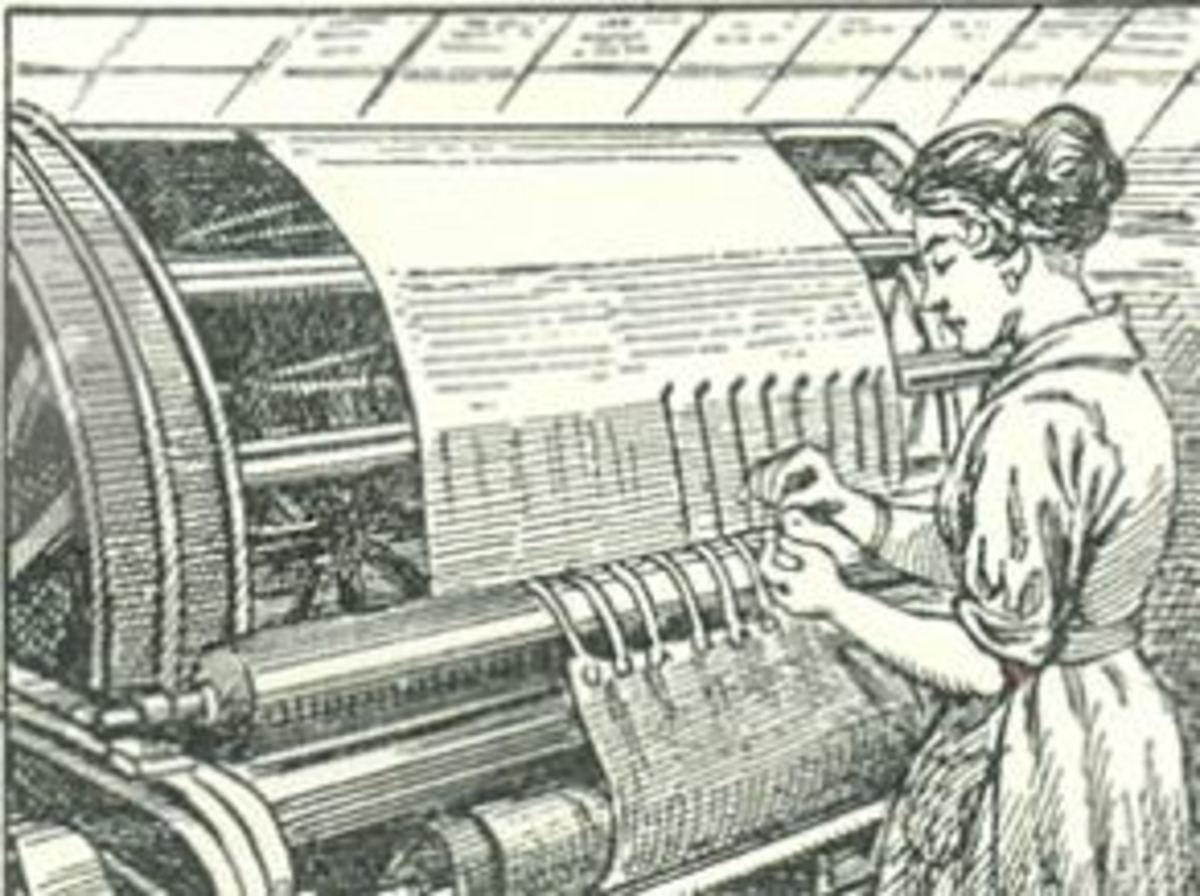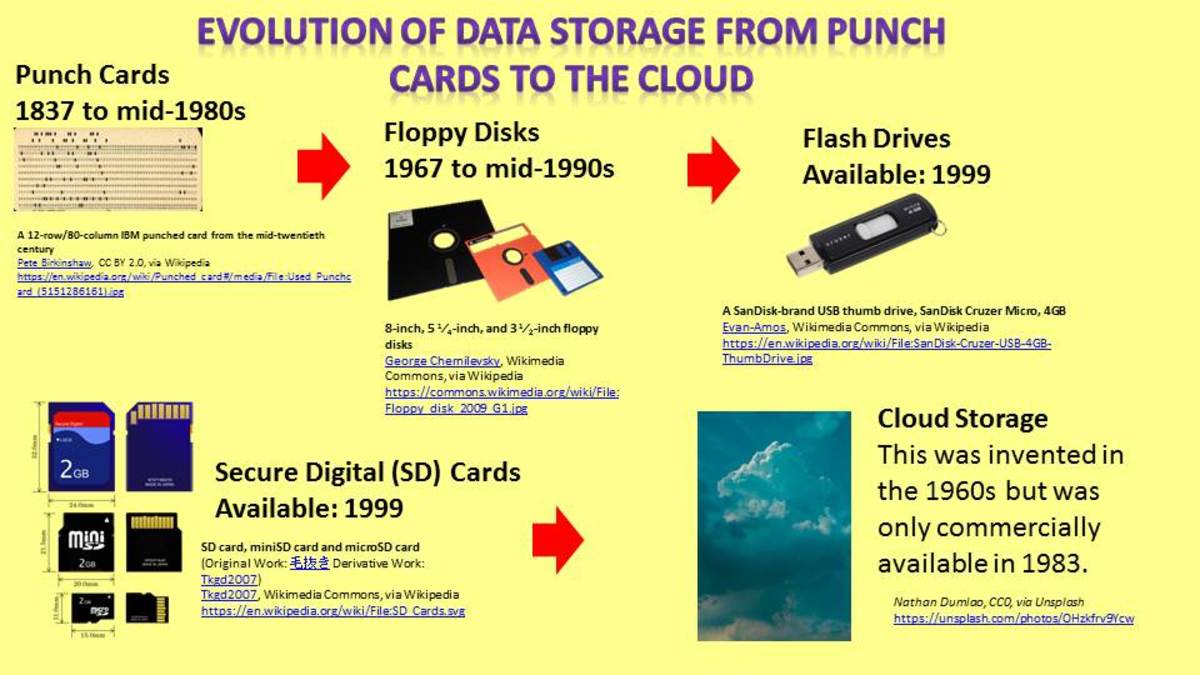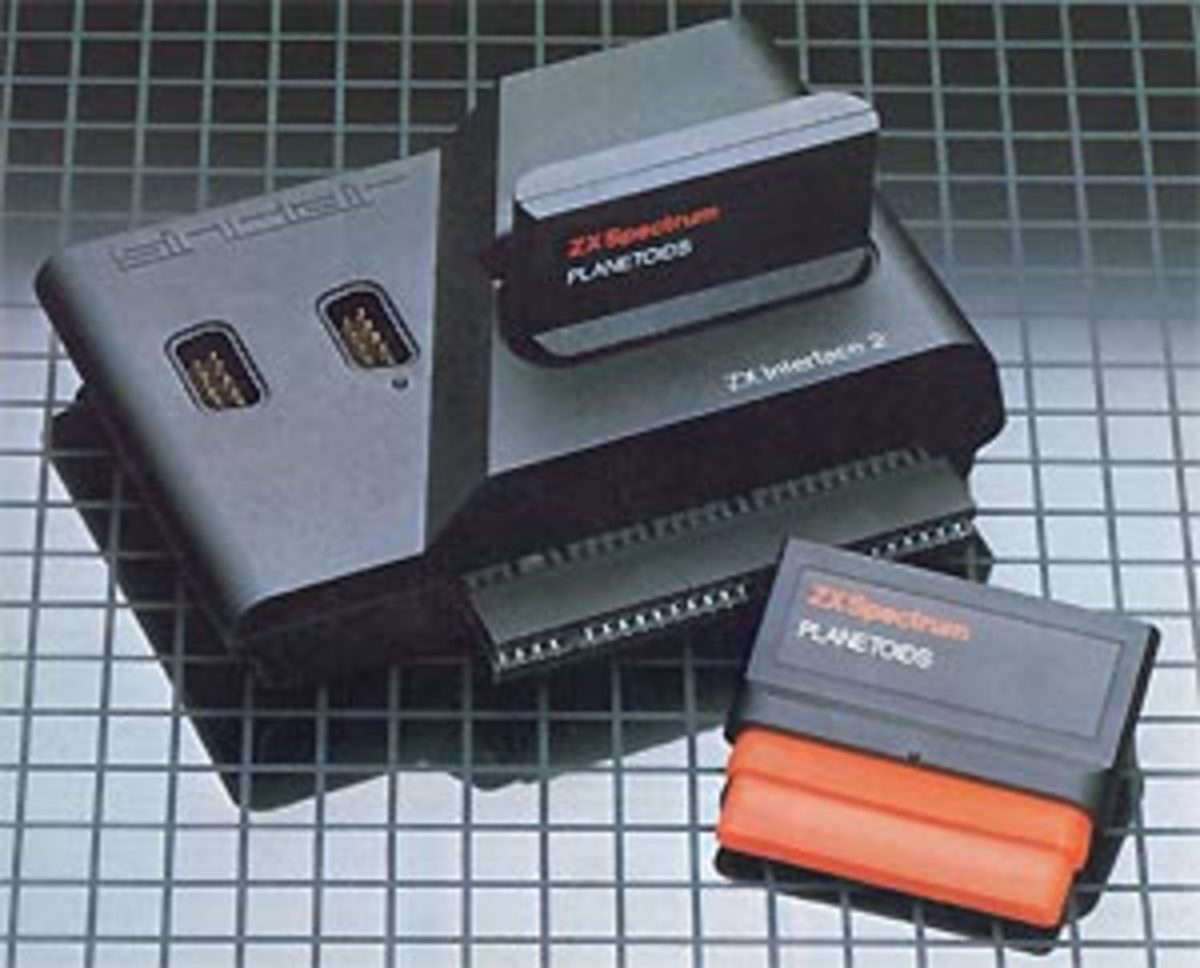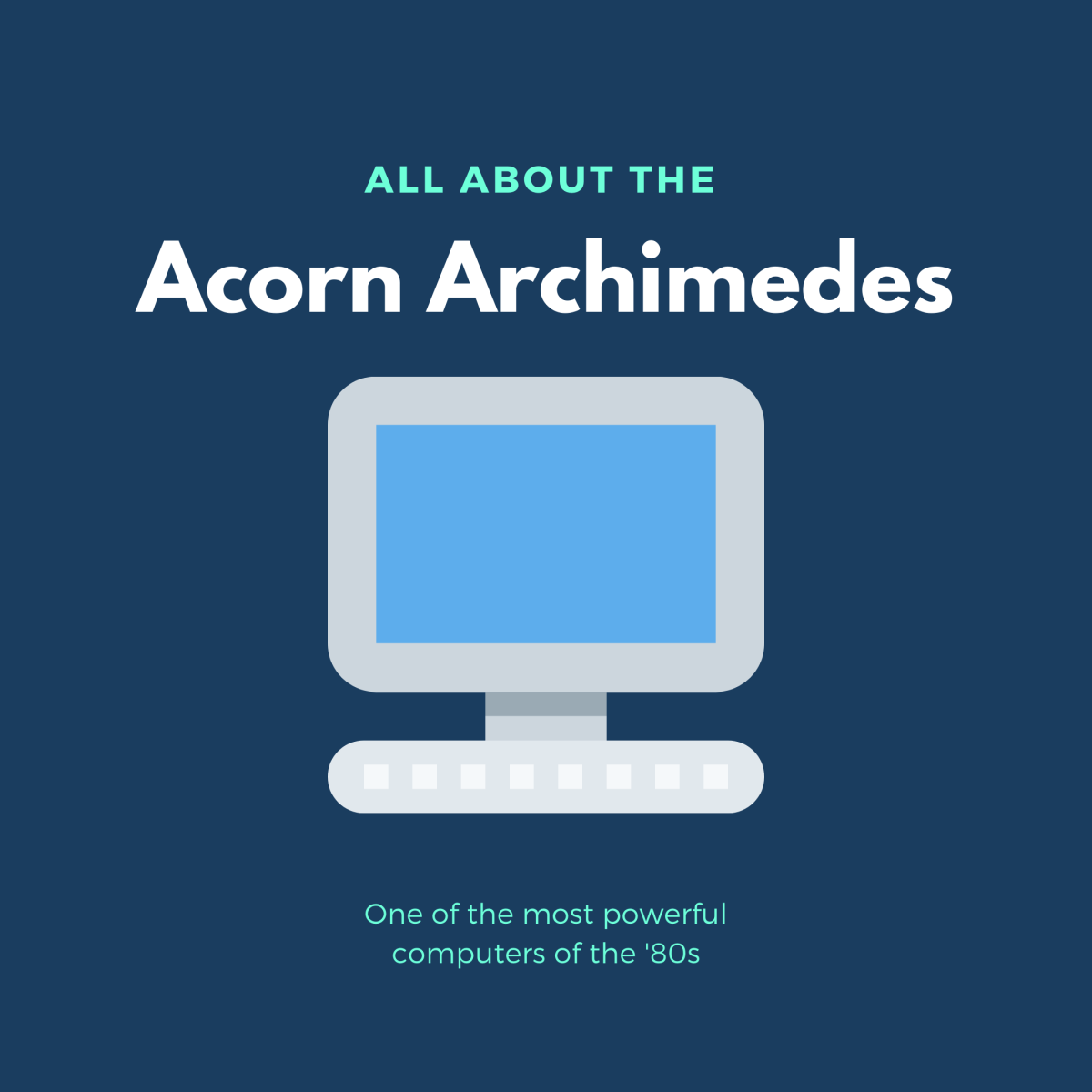Breif History Of The Automation System. How Has Automated Inventions Affected Our Lives Today?
Life changing technology.
The origins of automation, although not quite as we would recognize it today began with the industrial revolution back in Victorian times, when machines where invented and produced to effectively do a job faster, safer or more efficiently then could be done physically by human hand.
As a result of early automation the manufacturing industries grew at an alarming rate, goods were being produced in ever increasing volumes and trade expanded massively in all areas at this time in England. This did not benefit everyone however, as certain work positions became obsolete and the old way of doing particular tasks were now surplus to requirement, jobs were lost, and eventually became extinct as these mechanical devices took their place in the factories.
However these primitive forms of automation still required the aid of men or woman for them to function, they were prone to braking down and could be extremely dangerous, many people even losing their lives as a result of this new industrial machinery, where as the automation systems of today can run completely independently and are generally safe to be around.
The contemporary control mechanisms are so well designed and developed that they direct entire operations, sometimes for years, without the need of human intervention at all. Technology and computers have been frequently regarded as the second wave of industrial revolution and the consequences of its use in society, business, economics and personal relations have been far reaching, beneficial, detrimental and simply profound.
In fact automation has been so influential in the world that there is now probably not a career in the world that is not directly or indirectly run by some form of automation system, even in the home and other areas of our personal lives, we use automation to our advantage.
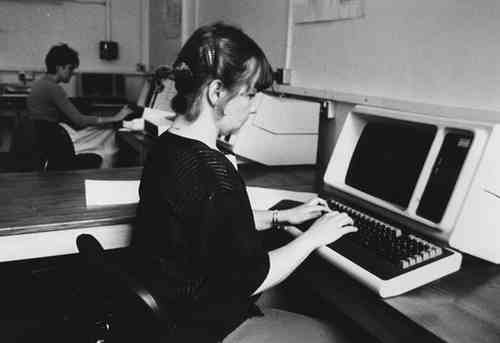
The flyball governor.
The most notable and one of the earliest examples of automation machinery, had the rather unusual name of the flyball governor. This invention was created by James Watt, a British engineer. He invented his contraption way back in 1788 and it was used for controlling, the speed of steam engines.
By using centrifugal force to drive weighted fly balls upward, and cover the valves that released the steam to power the output shaft of the engine. This device could prevent the speed of the train reaching speeds beyond what was required.
This clever system demonstrated that with one mechanism (the fly ball) connected to another (a spindle), driving another mechanism (gears) which then influences a further control mechanism (a lever), in turn could then manipulate a different part of a vehicle (steam train) or machine (engine), allowing it to run via mechanical processes alone.
This astonishing and revolutionary piece of engineering discovery showed that a series of connections could be calculated and manipulated, and applied to the input and feedback of mechanical devices. By predicting how one mechanism would relate to another and what the outcome would be, you could create machines that 'thought for themselves' or worked without the need of human intervention. Using the principle of cause and effect within engineering in this way bought about a whole new range of possibilities.
What I found especially fascinating about this particular invention, is the fact that it was invented before the theoretical feedback principle had even been realized and therefore its inventor James Watt would have to have been figuring out certain engineering principles separate and without prior eduction or awareness of certain principles that had yet to be discovered, or at the very least were at this point in time undocumented.
ENIAC
The pioneering machines in computing were called analog computers and compared to the kind of equipment we use today, there functions were very basic. Even some of the first digital computers only managed to multiply two numbers together at the most. Many of these early devices were also a lot bigger then the ones we use today, some even filling entire rooms and using incredible amounts of power to supply them. However with each new model and every new improvement the computer became of greater importance to us.
The Electronic Numerical Integrator and Computer was different and is hailed as the first fully functional all electronic computer. It was built and developed in the University of Pennsylvania and completed in 1946. The device contained 18,000 vacuum tubes and was programmed to be able to perform Up to 500 multiplications and 5000 additions per minute. The inventors of ENIAC was a research engineer and physicist called John William Mauchly and another engineer from the US called John Prosper Eckert Jr. Because of it's infancy in the world of technology it was not as sophisticated as the machines we use today, every individual computation would have to be wired to the machine before hand and would have to be rewired when computations needed changing. Nevertheless despite this it was still a revered piece of technology in its time due to its speed and relative capabilities.
After the creation of ENIAC work on computer programming began to emerge all over the world. The first of these programmes were devised to be read by machines in a language that could be used to instruct them. Early computer programming was a long process possibly taking up many hours to just to construct a single operation, a particularly extensive programme may require a series of thousands of steps. The first artificial computer language programme was developed in 1948.
Piezoelectricity.
Minerals and crystals have rather surprisingly also played there part in the history of automation through pyroelectricity and piezoelectricity. In 1954 the solar battery was created, using cadmium sulfide crystal and silicone to convert the energy from sunlight into an electrical power source. Experiments on crystals showed that certain crystals would give off an electrical charge at there ends when they were compressed and some would show similar electrical activity when exposed to heat. It was noted that quartz was particularly susceptible to these influences and is used in the transistor, varying radio equipment and was also used in sonar. Properties contained within silicon crystals especially, as well as geranium are both still used for their electrical current amplification abilities.
Where we once had to gather and burn natural resources to create power, which would not only be finite but would also have to be in most cases checked or changed by us, this extraordinary new technology of that time, ended that assumption. This brought automation to a whole new level and continued to move our expertise in this field even further. It demonstrated that we could use different materials and techniques to explore new concepts in getting things done without the need to use our own physicality, thought or intervention further then the creation process of a device that could do it for us. Automation at that time became something more then just of use to larger mechanical industrial areas, it then started to become of interest to scientists and engineers of the micro and miniature too. Piezoelectricity, pyroelectricity, crystals and Silicone have all played a huge part in the modern development and production of computers, hence the technological boom that was silicone valley and everything that has preceded because of its inspiration.
Into the future.
computers and automation used to be the reserve of the government and the military. They would need to store and process massive quantities of information. It seems almost unbelievable to think that there was thought to be no commercial value to the computer by some experts of the past, especially as automation is used so widely in today's society.
Banking, the Internet, space travel and the medical industries are just a few examples of how we have come to rely so heavily on it today. Storage of memory can now be held by the terabyte and that's just by computers that can be found in the home.
The future of automation will no doubt continue to expand in the virtual realm and we will keep benefiting from it in the real world. If nothing else it has come an extremely long way, and I'm sure it has still got some way to go yet.

